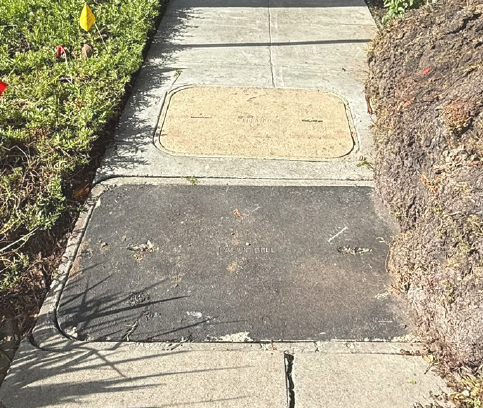Digital Urbanism
Digital connectivity has become a defining force in shaping how social, economic, and political life is organized across the built environment. From fiber-optic cables and telecom towers to sensors embedded in sidewalks, roads, and buildings, data infrastructures are woven into the physical fabric of cities and regions. This ongoing research examines these infrastructures not as isolated technologies, but as interconnected regional systems that extend far beyond the urban core into hinterlands of energy, land, and water resources. Furthermore, this research treats these infrastructures as fundamentally built within the historic urban fabric, modifying conditions of residence, commerce, and industry among other functions of urban systems.
Fiber-optic Cable
Embedding Fiber
Conduits
Telecom Towers
Through comparative case studies and cartographic analysis, the project traces how digital networks reorganize territory, influence resource flows, and transform the spatial and governance landscapes of entire regions.
Silicon Valley
Aerial View of Data Centers in San Jose. By Justin Kollar, 2025.
Santa Clara 1890
Santa Clara 1929
Electricity Grid
Data Centers and Fiber Network
Composite Map
Case Study
San José and Santa Clara illustrate two different approaches to managing the rapid growth of AI infrastructure. Santa Clara’s municipal utility, long attractive to data centers because of its lower rates, has reached capacity, with 55 facilities consuming 60 percent of the city’s electricity and forcing a pause on new projects until 2029. San José, in contrast, has partnered with PG&E to guarantee gigawatts of new power, while fast-tracking data center developments that are often tied to housing and district energy systems. These cases show how digital expansion is reshaping land use, infrastructure investment, and local governance, embedding cities and utilities into the industrial strategy behind the AI boom. Read the full article here.











